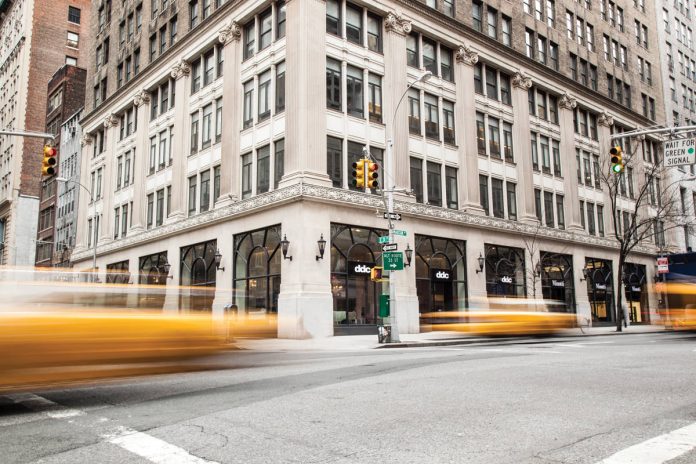Can you describe the current situation of the retail sector in the United States?
For our niche, which is the high-end European contemporary market, 2016 provided a strong market and increased growth across the board. Our new Minotti showroom in the Miami Design District, in particular, had an exceptional year. To succeed in this arena, we believe that it is not enough to simply showcase products that are new. Rather, from the flood of offerings in the marketplace, we use our experience and expertise to carefully curate offerings that are as innovative as they are functional. In 2017, we believe the market will be more competitive for two primary reasons; more competition due to the strong U.S. economy against foreign currencies, and because the residential market will be slower, reducing spending for furniture from previous years.
Is there a growth in the furniture sector in the area?
Yes, we definitely believe there is. The DDC group currently has showrooms in New York, Los Angeles and Miami and all three markets have shown marked growth in recent years. Our NY location, once a single outpost is currently transforming in to the hottest new design neighborhood in NYC, the NoMad Design District, boasting a profusion of powerhouse brands.
Do you have an online sales channel? How is e-commerce affecting furniture sales in America?
While we recognize the trend, we do not currently have an e-commerce platform and business has not been effected by online retailers. When design professionals specify high-end product, the ability to see and touch the actual product is imperative. Being able to bring their clients in to one of our showrooms to do the same has only worked to streamline the approval process, and as people become more global, we see clients visiting our showrooms from around the world. At this end of the market, e-commerce remains limited, but it will find it’s place, but for now, there is still a dominant desire for personalized and experienced service which online is unable to provide. Online sales can currently work well for smaller ticket items like lighting and accessories.
How is the relationship with Italian companies (in general and in your specific case)?
Unfortunately, during the last financial global crisis, thousands of furniture factories were forced to close in Italy, but the strong ones both survived and flourished. We have just returned from the Milan furniture fair, Salone, and the outlook was very positive from the factory side. We were impressed and encouraged by the investments that were being made in new products.
Nowadays Italian brands look more and more to America: how would you recommend them to approach the market and its distribution system?
Italian designers and manufacturers who wish to approach the U.S. market need to understand that the designs require certain modifications in order to meet the needs of our consumers. An obvious example would be if you are selling an Italian bed, it would need to be produced in American sizes. Surprisingly, it took years for us to convince our Italian partners to make this change, but once they did, sales immediately increased, such that the rest of the market followed suit.
How do you establish a real ‘shopping experience’ in your stores?
We believe that the showrooms themselves benefit from strong architecture in order to maximize the impact of the display. We also create stylized vignettes which entice clients to touch and try our products, experiencing them as they would in their homes. We have an extensive and dedicated design team constantly updating each showroom, creating new layouts with new products.
Could you mention some recent projects? Or the most significant for you?
We have the pleasure of working on projects all over the world from our showrooms in New York, Miami and Los Angeles. Some of the recent highlights have included projects by Andrew Sheinman of Pembrooke and Ives in Aspen and the Hamptons, by designer Hernan Ariaga in the Dominican Republic, and installations in Signapore, Paris, and India to name just a few. Closer to home, DDC partner Babak Hakakian recently finished his Fifth Avenue loft apartment with architect Eran Chen from ODA New York, furnished entirely from DDC.
You have two stores in New York and one in Los Angeles, are your interior proposals also diversified?
Every market has its own particular needs that we must learn and adapt to. Beginning with the product selection itself, but also how it is shown and delivered. Clients in L.A., for example, want floor samples and quick ship items with far more frequency than do N.Y. clients, who prefer to special order.
Are you planning new openings?
Yes, we are planning an expansion into a new showroom in L.A. We are currently in a space that is 4,500 sq.ft., but will be opening a new 20,000 sq.ft. space.







